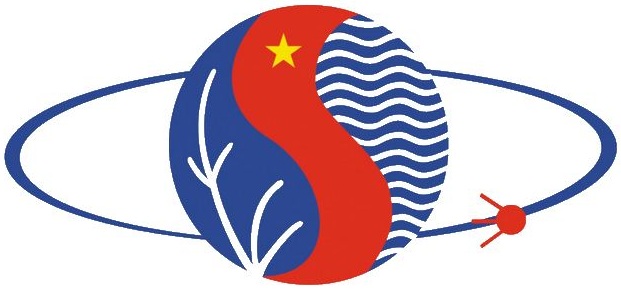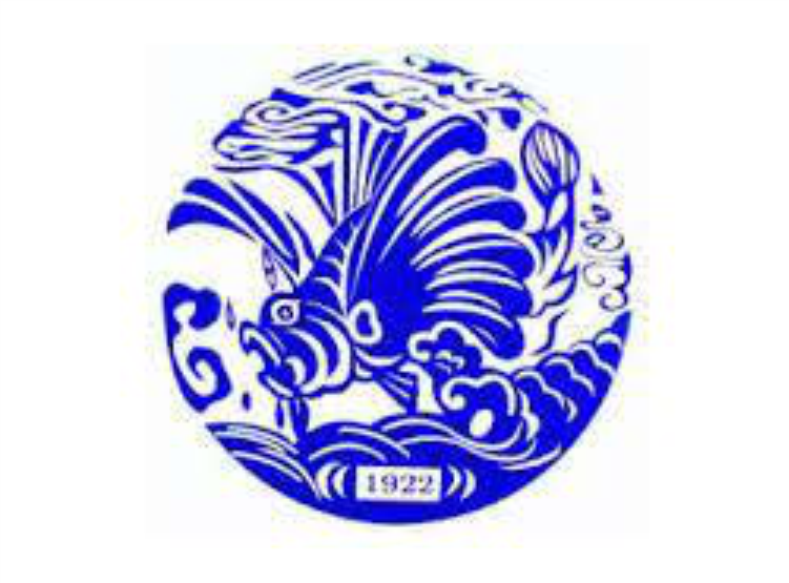Screening antimicrobial activities of actinomycetes raw extracts from marine ecosystems of Nha Trang and Van Phong Bay, Khanh Hoa Province
Author affiliations
DOI:
https://doi.org/10.15625/1859-3097/22149Keywords:
Antimicrobial activity, bioassay, MIC, marine actinomycetes, PseudonocardiaAbstract
Marine actinomyces’ enormous genetic and functional diversity of has led scientist to search for potential secondary metabolite. Among the producers of important natural bioactive compounds discovered, actinomycetes are known to be efficient secondary metabolites with a broad spectrum of biological activities, such as antimicrobial, anticancer, and enzymes. The primary purpose of this study was to isolate and screen for antibacterial activity of potential actinomycete from marine ecosystems of Nha Trang and Van Phong Bay, Khanh Hoa Province, located in the middle-south of Vietnam. The marine actinomycete strains were characterized, and the ethyl acetate extracts were screened for antimicrobial activities using the microtiter broth dilution method. Out of which, the best MIC was produced by G112 and C011 strains. The lowest MIC values result in 16 µg/mL. G112 showed a zone of inhibition against four bacteria and Candida albican. C011 exhibited three different bacterial pathogens. The morphology and genetic results indicated that strain G112 belongs to Streptomyces species, and C011 was identified as a member of Pseudonocardia genus.
Downloads
References
[1] Ministry of Natural Resources and Environment, “Vietnam national biodiversity strategy to 2020, vision to 2030,” Convention on Biological Diversity, 2014. [Online]. Available: https://www.cb-d.int/doc/world/vn/vn-nbsap-v3-en.pdf. [accessed: May 1, 2024].
[2] G. Sarkar and K. Suthindhiran, “Diversity and biotechnological potential of marine actinomycetes from India,” Indian Journal of Microbiology, vol. 62, no. 4, pp. 475–493, 2022.
[3] C. Ngamcharungchit, N. Chaimusik, W. Panbangred, J. Euanorasetr, and B. Intra, “Bioactive metabolites from terrestrial and marine actinomycetes,” Molecules, vol. 28, no. 15, p. 5915, 2023.
[4] S. V. Jagannathan, E. M. Manemann, S. E. Rowe, M. C. Callender, and W. Soto, “Marine actinomycetes, new sources of biotechnological products,” Marine Drugs, vol. 19, no. 7, p. 365, 2021.
[5] R. Solanki, M. Khanna, and R. Lal, “Bioactive compounds from marine actinomycetes,” Indian Journal of Microbiology, vol. 48, pp. 410–431, 2008.
[6] B. Chakraborty, K. N. Shashiraj, R. S. Kumar, M. P. Bhat, D. S. Basavarajappa, A. I. Almansour, K. Perumal, and S. Nayaka, “Unveiling the pharmacological significance of marine streptomyces violaceusniger KS20: isolation, characterization, and assessment of its biomedical applications,” Metabolites, vol. 13, no. 9, p. 1022, 2023.
[7] Q. Li, X. Chen, Y. Jiang, and C. Jiang, “Morphological identification of actinobacteria,” in Actinobacteria-Basics and Biotechnological Applications, Rijeka: InTech, 2016, pp. 59–86.
[8] C. Orelle, S. Carlson, B. Kaushal, M. M. Almutairi, H. Liu, A. Ochabowicz, S. Quan, V. P. Pham, C. L. Squires, B. T. Murphy, and A. S. Mankin, “Tools for characterizing bacterial protein synthesis inhibitors,” Antimicrobial Agents and Chemotherapy, vol. 57, no. 12, pp. 5994–6004, 2013.
[9] J. M. Andrews, “Determination of minimum inhibitory concentrations,” Journal of Antimicrobial Chemotherapy, vol. 48, suppl_1, pp. 5–16, 2001.
[10] J. D. Cha, M. R. Jeong, K. M. Choi, J. H. Park, S. M. Cha, and K. Y. Lee, “Synergistic effect between cryptotanshinone and antibiotics in oral pathogenic bacteria,” Advances in Bioscience and Biotechnology, vol. 4, no. 2, pp. 283–294, 2013.
[12] W. Zhao, Y. Zhong, H. Yuan, J. Wang, H. Zheng, Y. Wang, X. Cen, F. Xu, J. Bai, X. Han, G. Lu, Y. Zhu, Z. Shao, H. Yan, C. Li, N. Peng, Z. Zhang, Y. Zhang, W. Lin, Y. Fan, Z. Qin, Y. Hu, B. Zhu, S. Wang, X. Ding, and G. P. Zhao, “Complete genome sequence of the rifamycin SV-producing Amycolatopsis mediterranei U32 revealed its genetic characteristics in phylogeny and metabolism,” Cell Research, vol. 20, no. 10, pp. 1096–1108, 2010.
[11] S. Kumar, G. Stecher, M. Li, C. Knyaz, and K. Tamura, “MEGA X: molecular evolutionary genetics analysis across computing platforms,” Molecular Biology and Evolution, vol. 35, no. 6, pp. 1547–1549, 2018.
[13] A. M. Sayed, N. M. Abdel‐Wahab, H. M. Hassan, and U. R. Abdelmohsen, “Saccharopolyspora: an underexplored source for bioactive natural products,” Journal of Applied Microbiology, vol. 128, no. 2, pp. 314–329, 2020.
[14] O. Yushchuk, E. Binda, and F. Marinelli, “Glycopeptide antibiotic resistance genes: distribution and function in the producer actinomycetes,” Frontiers in Microbiology, vol. 11, p. 1173, 2020.
[15] A. F. Braña, A. Sarmiento-Vizcaíno, I. Pérez-Victoria, L. Otero, J. Fernández, J. J. Palacios, J. Martín, M. de la Cruz, C. Díaz, F. Vicente, F. Reyes, L. A. García, and G. Blanco, “Branimycins B and C, antibiotics produced by the abyssal actinobacterium Pseudonocardia carboxydivorans M-227,” Journal of Natural Products, vol. 80, no. 2, pp. 569–573, 2017.
Downloads
Published
How to Cite
Issue
Section
License
Copyright (c) 2025 Vietnam Academy of Science and Technology

This work is licensed under a Creative Commons Attribution-NonCommercial-NoDerivatives 4.0 International License.








